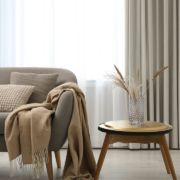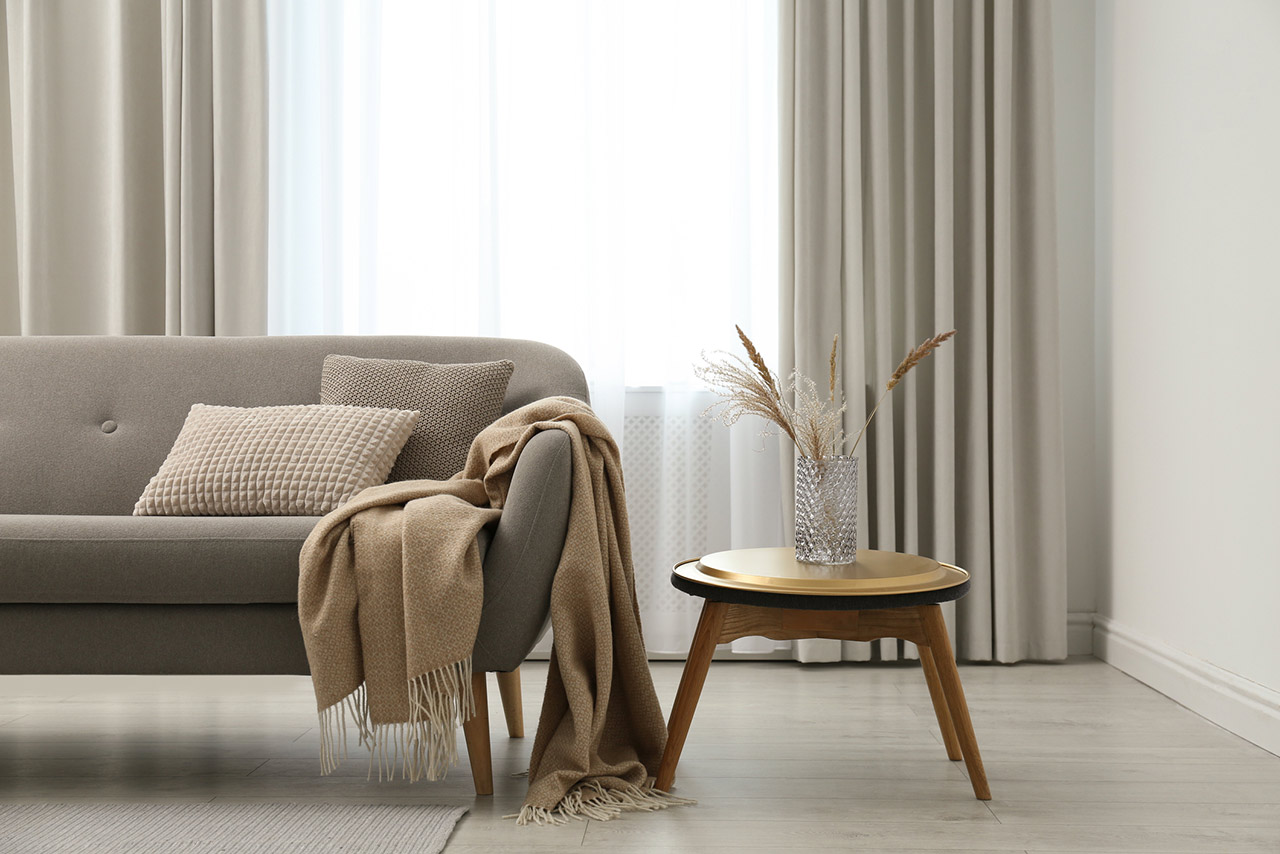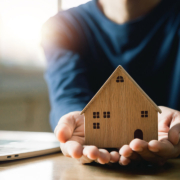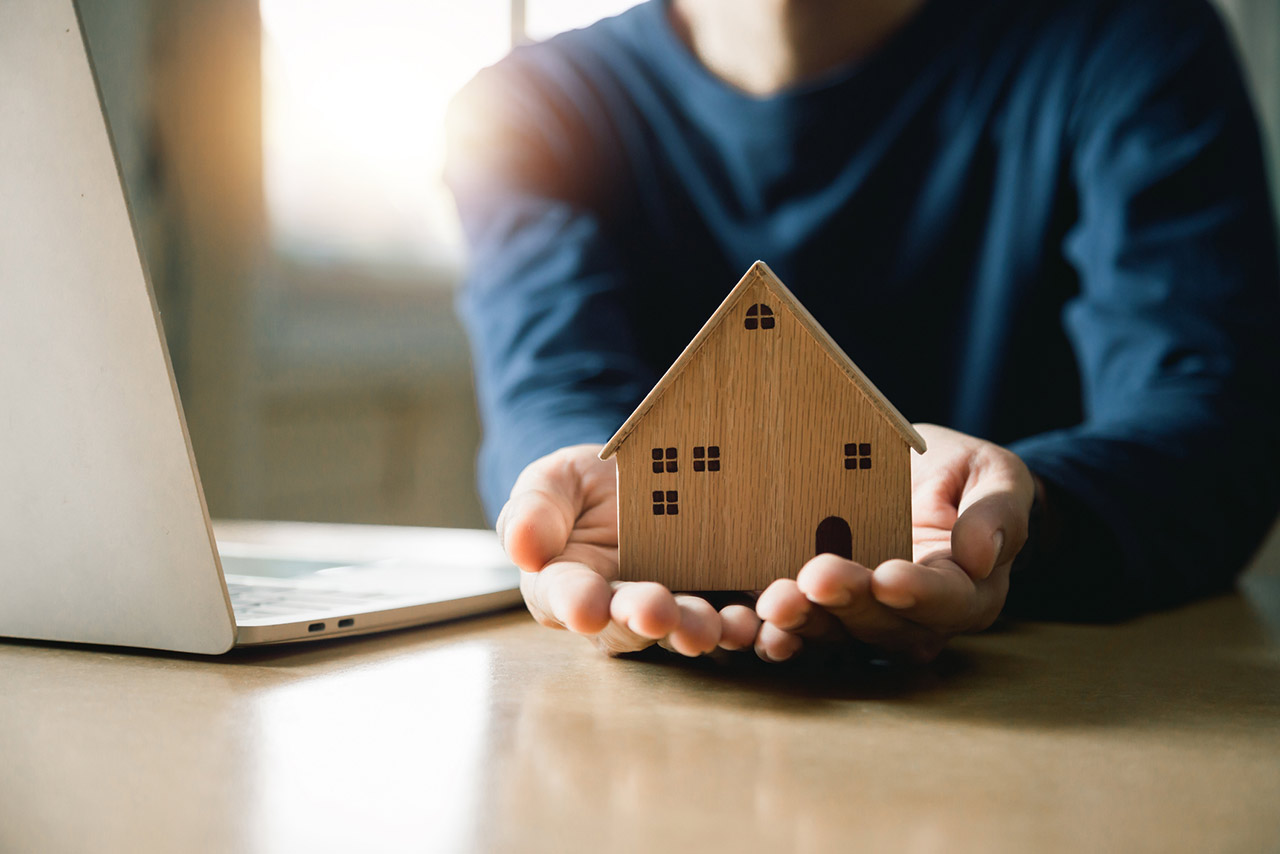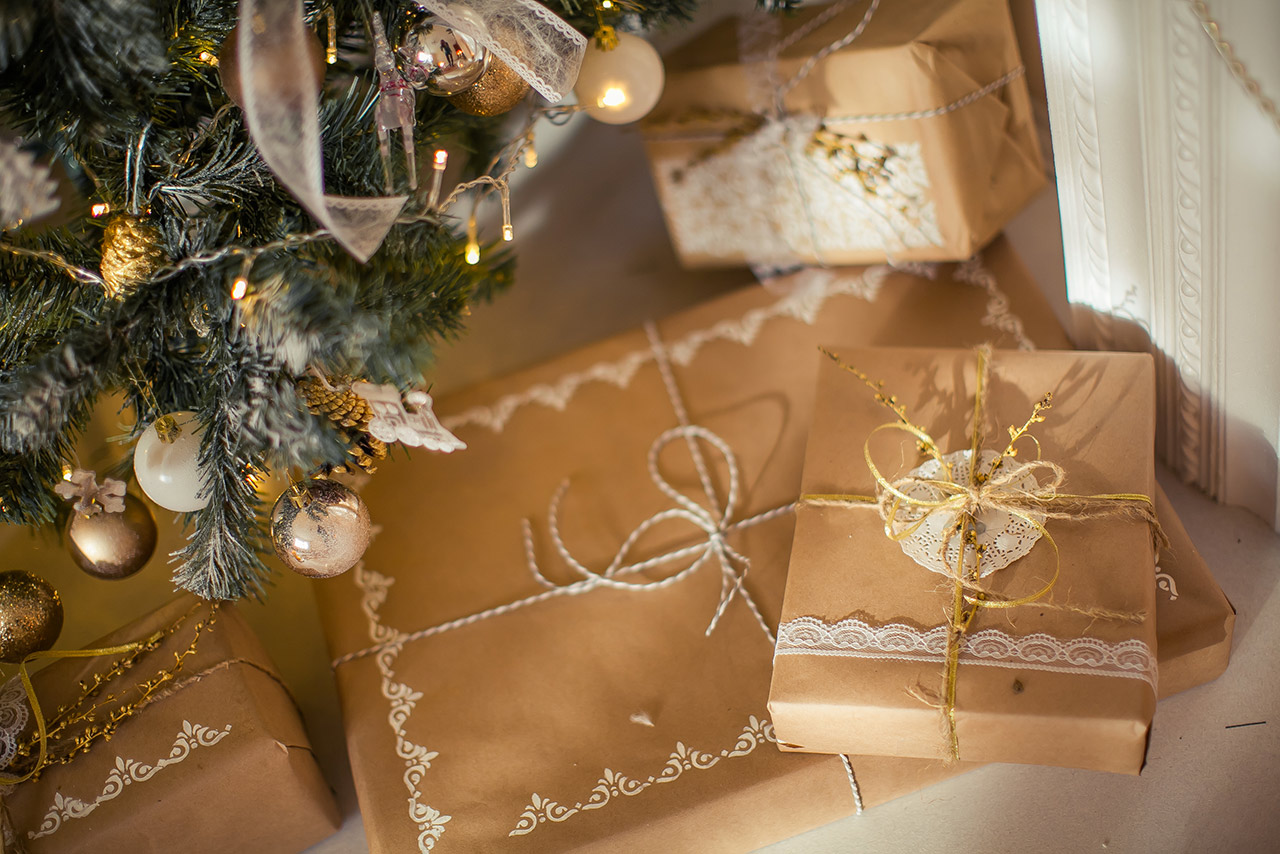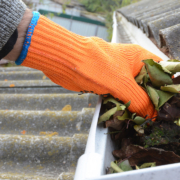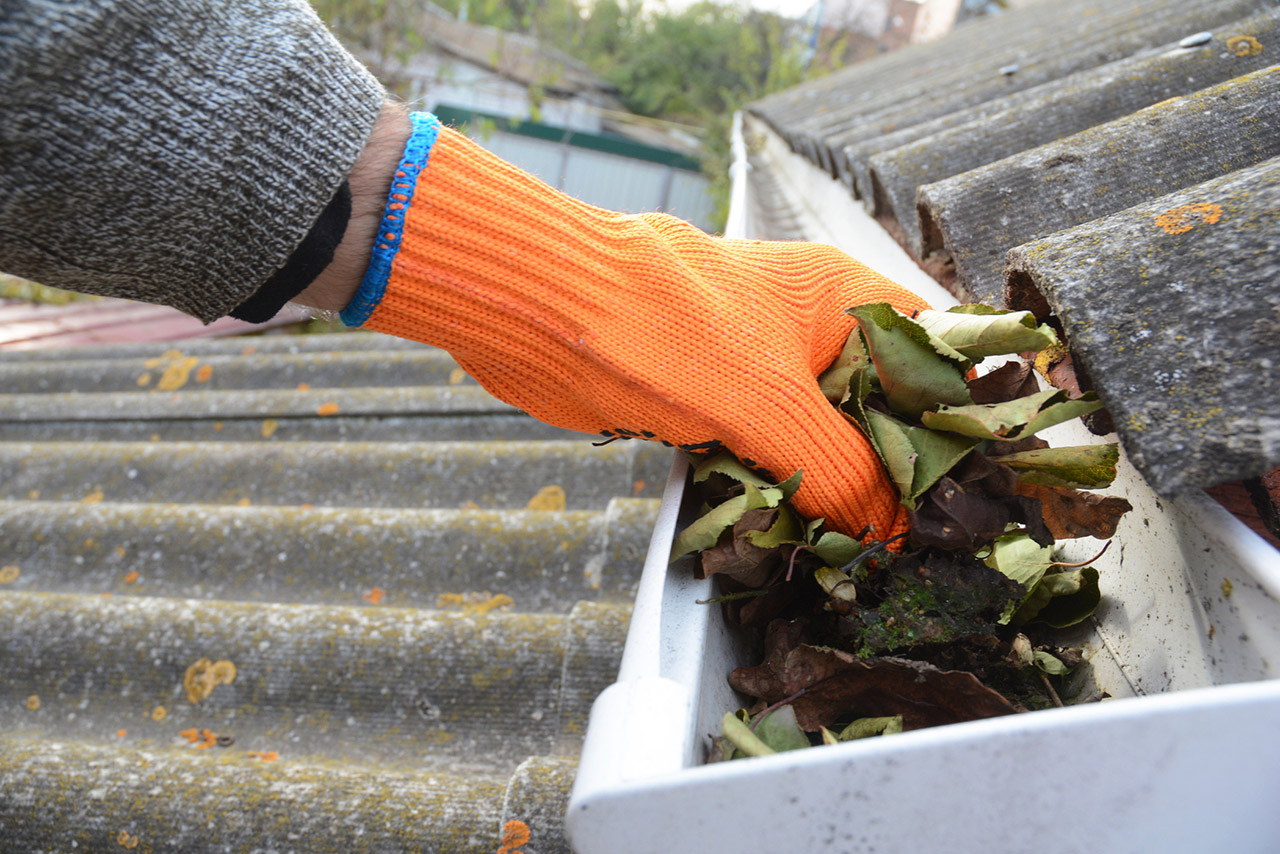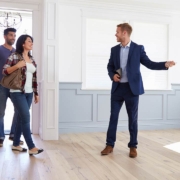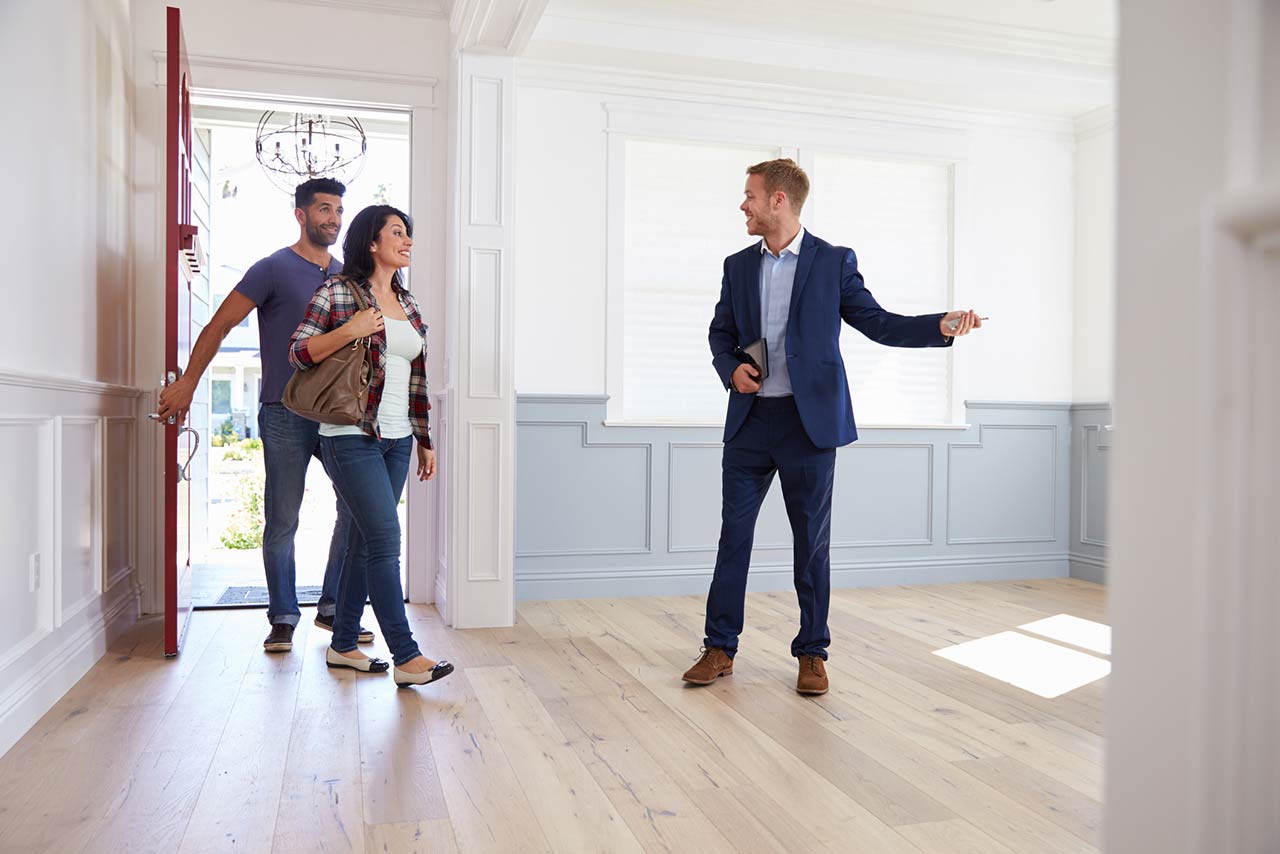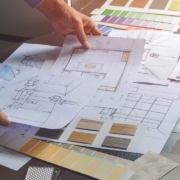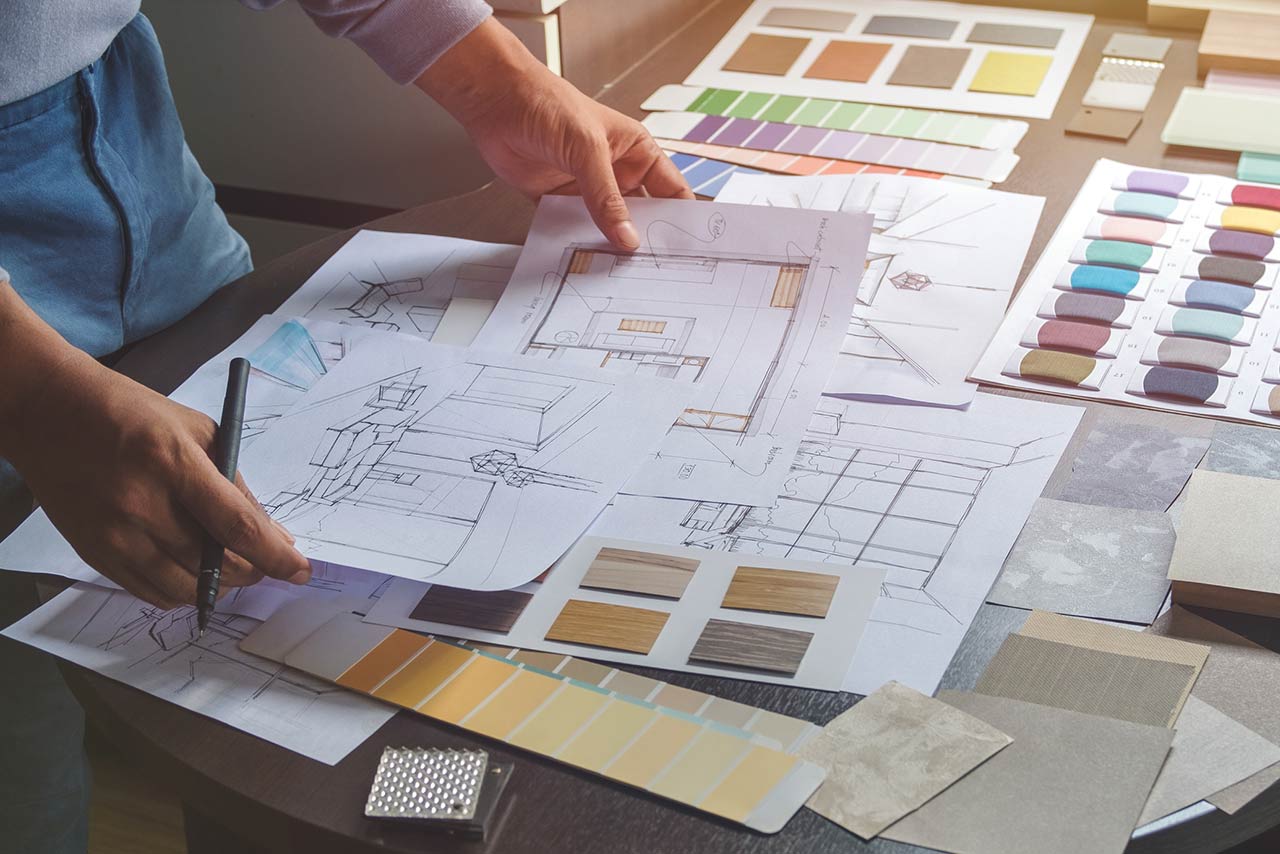6 Things That Can Drive Your Property Taxes Up

Property taxes are tough to figure out. The federal property tax code alone is thousands of pages long, let alone the local codes all over the country.
In a nutshell, property taxes are determined by a home’s assessed value and the property tax rate for that specific town or county. Sounds simple enough, but then there are all the other dozens of factors that can come into play that can result in higher taxes.
One thing’s for sure: no one likes paying property taxes, or any other kind of taxes for that matter. And homeowners certainly don’t like seeing an increase in these taxes, either. But the amount you’re paying today could increase tomorrow for a variety of reasons.
Here are a few things that can cause your property taxes to go up.
1. Increase in Area Value
Everyone wants to live in a nice area that’s highly valued. After all, the higher the value of the community as a whole, the higher the value of the properties within it (with certain exceptions).
A number of things can cause an area’s value to increase. Maybe the local economy is seeing a boost due to increased employment opportunities. Or perhaps a golf course is being put in nearby your home. Even the construction of new luxury homes nearby can have a big impact on the assessed value of your property.
The opposite is also true. Think about areas with an abundance of hydro towers or chemical plants. How do you think the property tax assessments of homes in these types of communities compare to properties in a golf course community?
ty taxes are a big source of funding for schools and community colleges. If existing educational institutions in the area are asking for money to make improvements, for instance, the money may often come from property taxes. In that case, you can expect your tax rate to get a boost, thereby increasing how much you pay every year to live where you are.
3. Budget Cuts
Some of the revenue that comes from property taxes are put towards essential services for the area, such as the police and fire departments, libraries, and others. If the state that you reside in decides to slash funding for these services in your area, where is the money going to come from? Why, the local homeowners, of course!
Even when there’s a downturn in the local economy and real estate market, your property taxes are still vulnerable to increases. And one of the biggest culprits for this annoying phenomenon is budget cuts.
4. Increasing Living Space
OK, so there’s not a whole lot that you can do about keeping a cap on property tax rates in your area when it comes to the above factors, but there are things that you as a homeowner might do to inadvertently increase how much you pay in this realm.
In most states in the US, more living space typically translates into a higher property tax rate. If last year your home measured at 1,200 square feet, for example, but that sunroom addition you put in this year brought your home’s size up to 1,800 square feet, you can bet that your property taxes will increase after your home’s been reassessed.
Whether you convert the garage into a rec room or build a completely new addition to the home, increasing the livable space of your home will increase its value, and therefore its property taxes, too.
5. A Pool, Deck, and Other Outdoor Additions
Not only can an improvement on the actual home itself increase your property taxes, improvements in your outdoor space can do the same. While property tax systems differ from one state to another, as well as among local municipalities, properties will usually be reassessed when improvements are made.
Putting in an in-ground pool or building a big deck both qualify as tax-affected improvements. Your local tax assessment office will calculate the property value using the percentage of market value using comparables of other nearby properties in your area.
The amount that your property value will increase by will depend in your local market. Adding a pool might add 8 percent to a property value in one area, or as much as 30 percent in another.
6. Curb Appeal
Anything that enhances the look of a home’s exterior is fair game when it comes to property tax increases. Even seemingly modest things like a flower patch or vegetable garden can have an impact on the numbers you see on your property tax bill.
While tax assessors need to follow strict guidelines when they evaluate properties, there is still a bit of wiggle room when it comes to subjective opinions. So, if they think your home looks more attractive than next door’s house because you’ve got a few flowers and shrubs versus your neighbor’s barren front yard, your home may be given a higher assessed value.
The next time you take a gander at your property tax bill and notice that it’s higher than the last one, consider if any of the above factors came into play and had a hand in the price increase.




